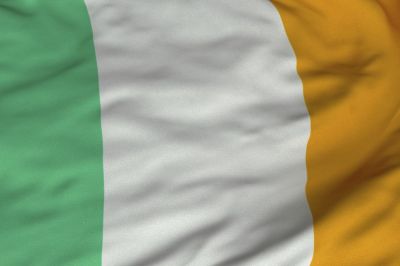
The Higher Education Authority (HEA) is the statutory planning and development body for higher education and research in Ireland. The HEA has wide advisory powers throughout the whole of the third-level education sector. In addition it is the funding authority for the universities, institutes of technology and other designated higher education institutions.
The Universities Act, 1997 sets out the objects and functions of a university, the structure and role of governing bodies, staffing arrangements, composition and role of academic councils and sections relating to property, finance and reporting. The governing authorities are required to see that strategic development plans are in place, and that procedures for evaluating teaching and research are in place. The HEA has an overseeing role on such plans and quality assurance procedures. The legislative framework preserves the academic freedom of the universities and respects the diverse traditions and institutional autonomy of each university.
The Institutes of Technology Act, 2006, creates a similar relationship between the institutes and the HEA as that between the HEA and the universities. It provides for greater institutional autonomy, improved governance and a statutory guarantee of academic freedom for the Institutes of Technology.
The National Strategy for Higher Education to 2030, which was launched in 2011, will see the transformation of Ireland’s higher education sector over the next two decades. Endorsed by Government as the future blueprint for the sector, the Strategy sets out changes for the sector that are aimed at providing for:
a more flexible system, with a greater choice of provision and modes of learning for an increasingly diverse cohort of students;
improvements in the quality of the student experience, the quality of teaching and learning and the relevance of learning outcomes; and
ensuring that higher education connects more effectively with wider social, economic and enterprise needs through its staff, the quality of its graduates, the relevance of its programmes, the quality of its research and its ability to translate that into high value jobs and real benefits for society.
The Higher Education Authority (HEA) is the statutory planning and development body for higher education and research in Ireland. The HEA has wide advisory powers throughout the whole of the third-level education sector. In addition it is the funding authority for the universities, institutes of technology and other designated higher education institutions.
The Universities Act, 1997 sets out the objects and functions of a university, the structure and role of governing bodies, staffing arrangements, composition and role of academic councils and sections relating to property, finance and reporting. The governing authorities are required to see that strategic development plans are in place, and that procedures for evaluating teaching and research are in place. The HEA has an overseeing role on such plans and quality assurance procedures. The legislative framework preserves the academic freedom of the universities and respects the diverse traditions and institutional autonomy of each university.
The Institutes of Technology Act, 2006, creates a similar relationship between the institutes and the HEA as that between the HEA and the universities. It provides for greater institutional autonomy, improved governance and a statutory guarantee of academic freedom for the Institutes of Technology.
The National Strategy for Higher Education to 2030, which was launched in 2011, will see the transformation of Ireland’s higher education sector over the next two decades. Endorsed by Government as the future blueprint for the sector, the Strategy sets out changes for the sector that are aimed at providing for: